A solar eclipse is when the Moon passes between the Sun and Earth, blocking the sun's light. People on Earth who are in the path of the moon's shadow will be able to see the eclipse. The Sun is 400 times wider than the moon and 400 times farther away, which is why they appear the same size in the sky.
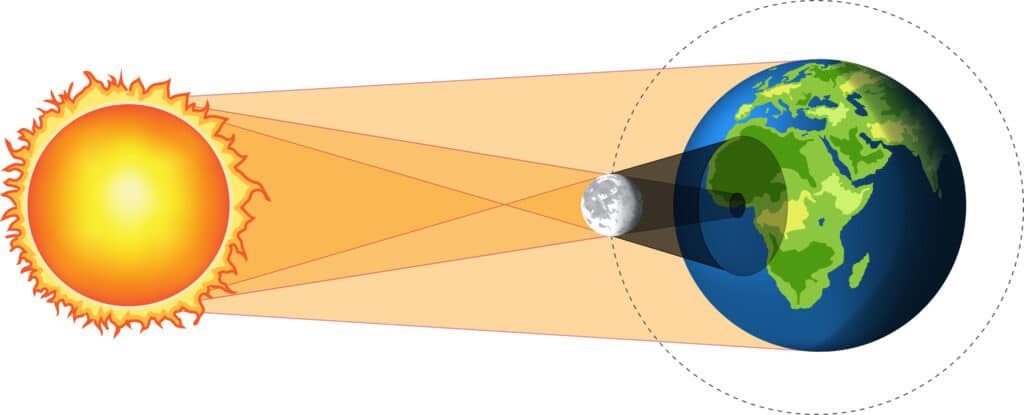
Solar Eclipse Resources and Activities
Find out how to view an eclipse safely with AAS. Earthsky also has some great tips and advice for protecting your eyes during an eclipse.
Frugal Fun for Boys has a brilliant DIY Pinhole Projector for viewing a solar eclipse.
Learn about the phases of the moon with some creative challenges.
Try some fun maths challenges related to the eclipse.
Make a model of a solar eclipse.
The Royal Astronomical Society has a great solar eclipse worksheet.
Where can you see the April 2024 Eclipse?
The solar eclipse on April 8, 2024, can be seen from a band around 115 miles wide that crosses 15 states from Texas to Maine and parts of Mexico and Canada. This is called the path of totality. The NASA website has a great eclipse explorer interactive map, so you can find out if you live in an area where the eclipse will be visible.
Solar Eclipse Facts
A solar eclipse only occurs during the new moon phase.
During totality, the Moon perfectly covers the sun.
The Moon is 400 times smaller than the Sun.
The Sun is 400 further away from the Earth than the Moon.
When the Moon passes in front of the Sun, it casts a shadow over the Earth.
Eclipses don't occur every month as the Moon's orbit is tilted.
Partial solar eclipses are fairly frequent, total solar eclipses are rare.
During the period of totality, when the Sun is completely covered, the solar atmosphere ( the corona ) is visible.
The first recorded solar eclipse was October 22, 2134 B.C.E.
Read about the history of eclipses.
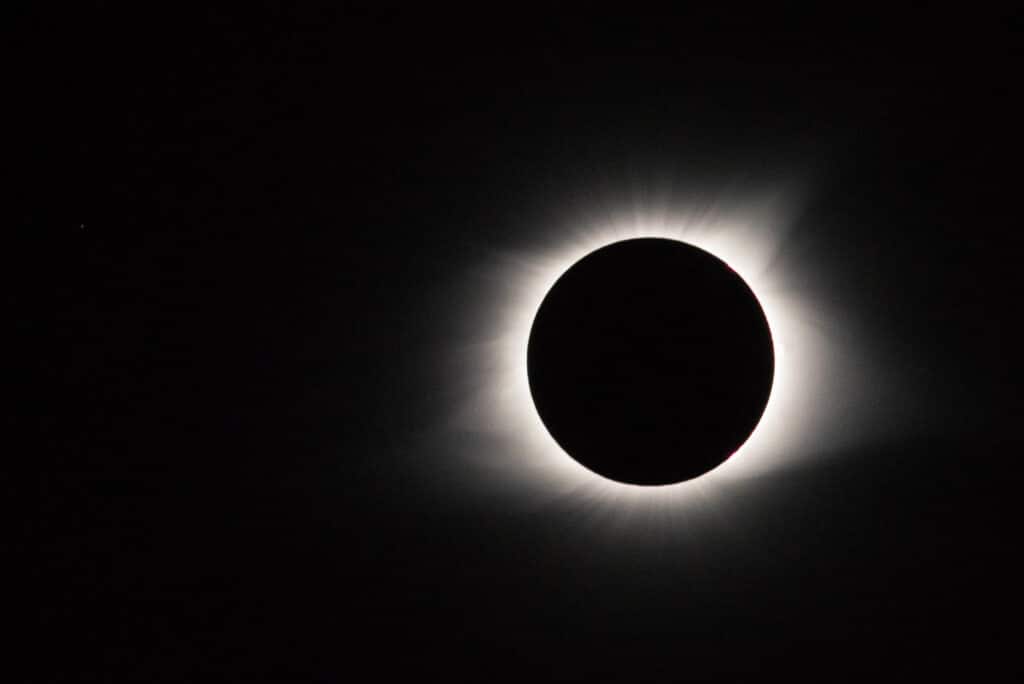
When is the next solar eclipse?
The next total solar eclipse visible from the USA will be August 23rd 2044.
The next total solar eclipse visible from the UK will be 2090!
Remember ALWAYS to protect your eyes during a solar eclipse.
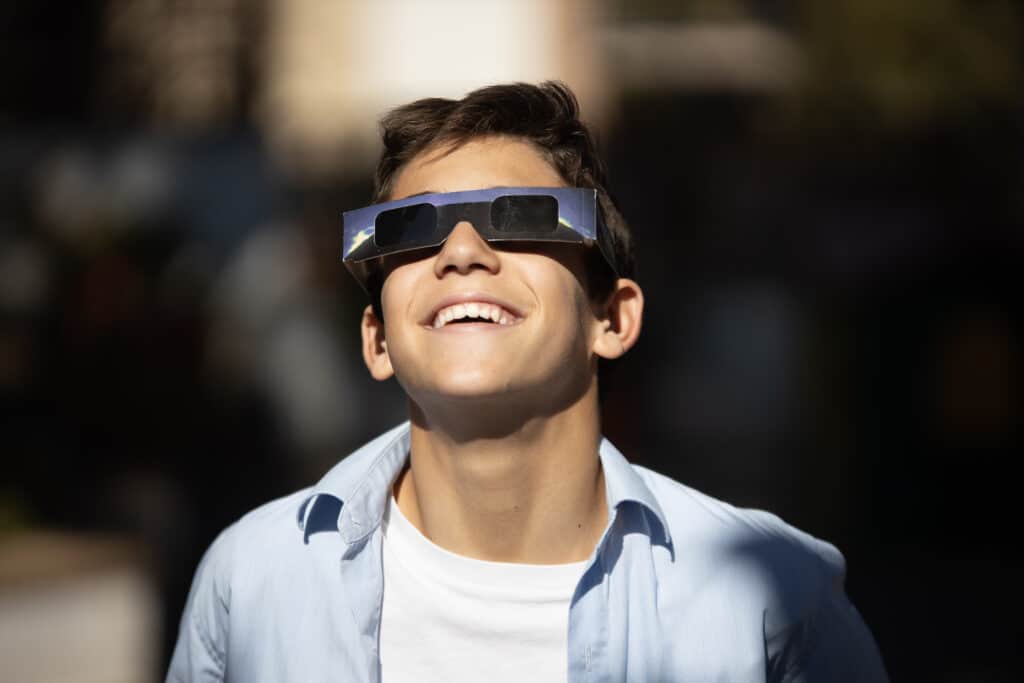
For more fun space science activities, check out my book This Is Rocket Science.
Affiliate links
Last Updated on April 8, 2024 by Emma Vanstone

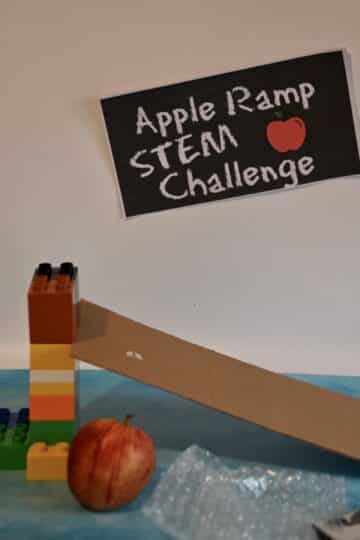
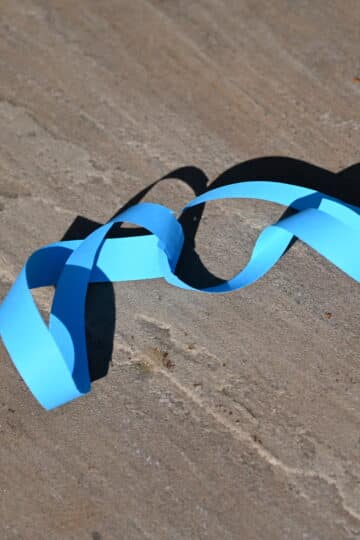

Leave a Reply